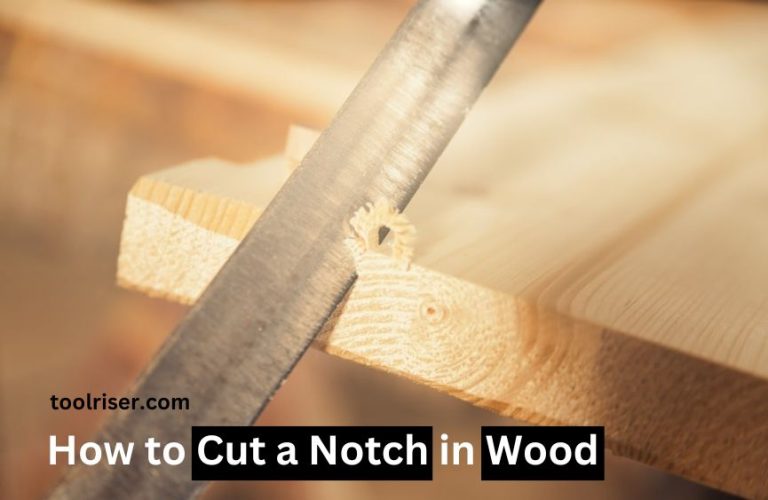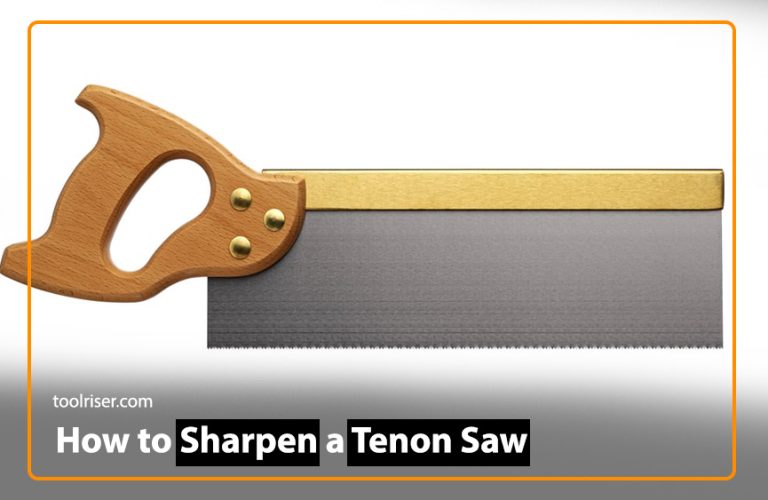Top 10 Essential Hand Tools for Every Woodworker: Guide 2024

Woodworking is an art form that requires precision, patience, and the correct set of tools. While power tools undoubtedly have their place in the workshop, hand tools have their importance for any woodworker aiming for mastery. For every woodworker, there are few tools which he should master to use. Here, we’ve compiled a list of the top 10 essential hand tools that every woodworker should have in their arsenal.
Top 10 Most Common Hand Tools for Woodworking
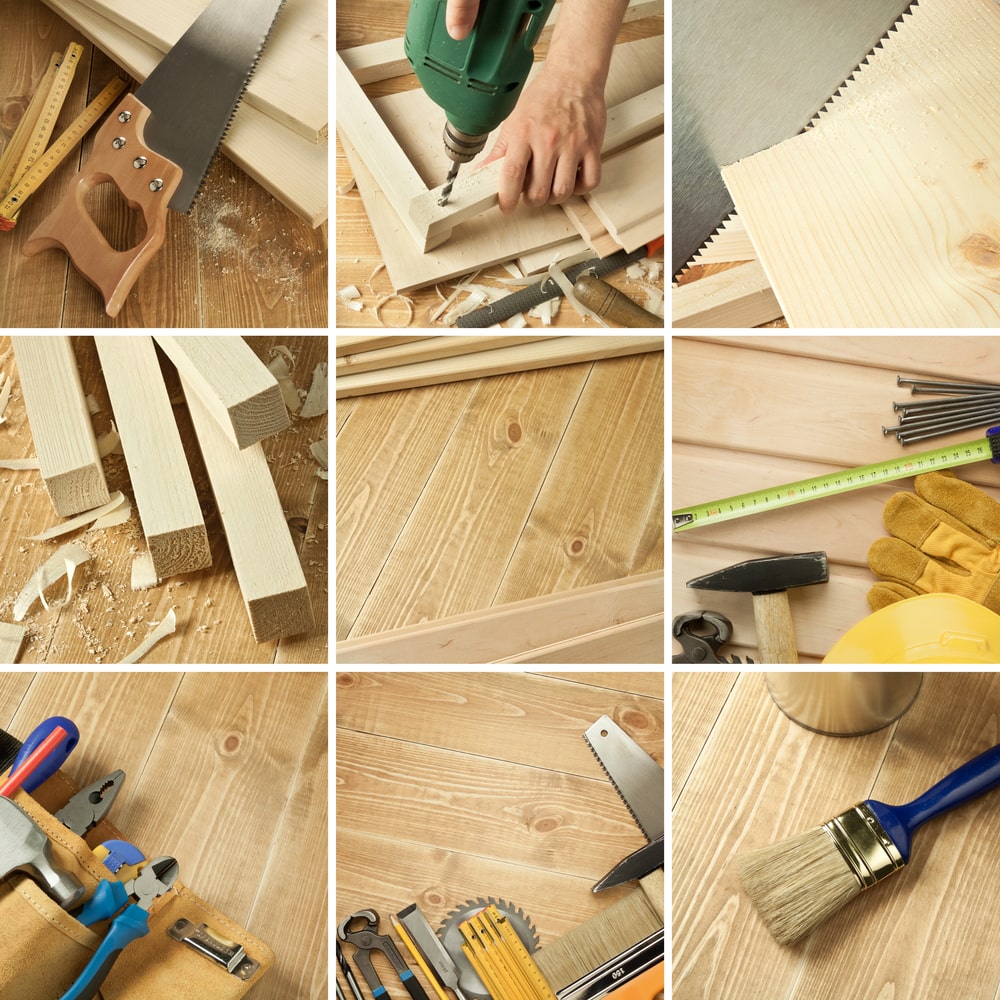
Following is the list of most frequently used woodworking tools.
- Chisels
- Hand Plane
- Hand Saw
- Woodworking Mallet
- Cabinet Scraper
- Clamps
- Block Plane
- Sharpening Stones
- Coping Saw
- Screw Drivers
Now, we discuss all these tools in detail.
1. Chisels
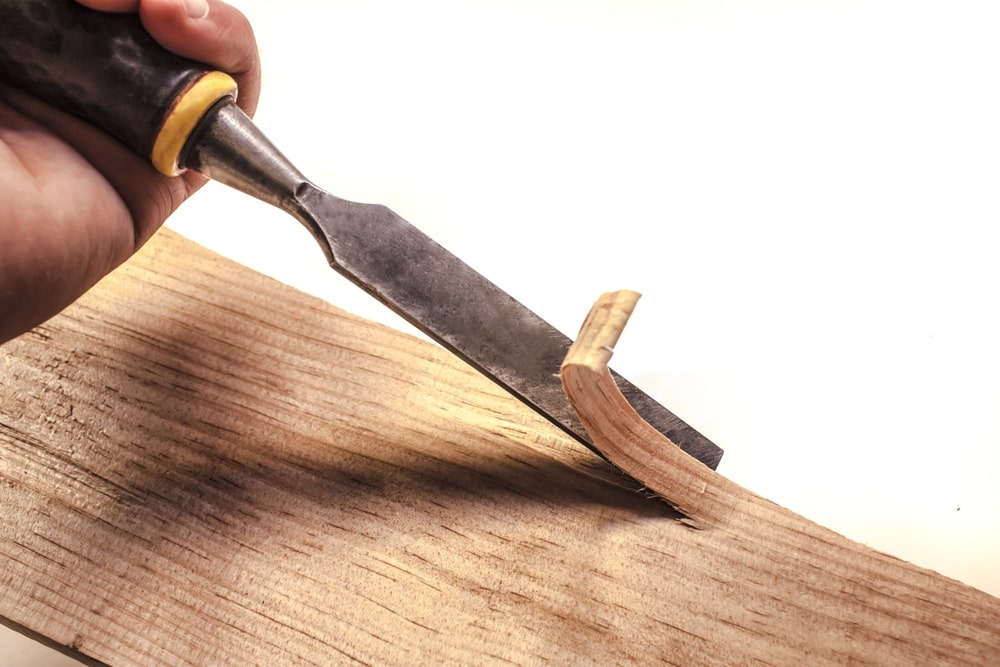
Chisels are perhaps the most versatile hand tools in a woodworker’s kit. They are used for shaping, carving, and detailing wood, making them essential for creating beautiful complex designs or smoothing out rough edges. Quality chisels with sharp blades allow for precise and clean cuts, ensuring professional-looking results.
2. Hand Plane
A hand plane is indispensable for smoothing and flattening wood surfaces. It’s used to remove imperfections, straighten edges, and achieve the desired thickness of the wood. With proper technique, a hand plane can create a glass-smooth finish that is difficult to achieve with power tools alone.
3. Hand Saw
While power saws offer speed and efficiency, a good hand saw remains essential for tasks requiring precision and control. From crosscutting to rip cutting and joinery, a hand saw allows woodworkers to make accurate cuts without the noise and dust associated with power tools.
4. Woodworking Mallet

A woodworking mallet is a specialized tool designed for striking chisels, carving tools, and other hand tools without damaging them. Unlike a regular hammer, which can cause dents and deformations on the striking surface, a woodworking mallet is typically made of wood or rubber, providing a softer impact that preserves the integrity of delicate tools.
5. Cabinet Scraper
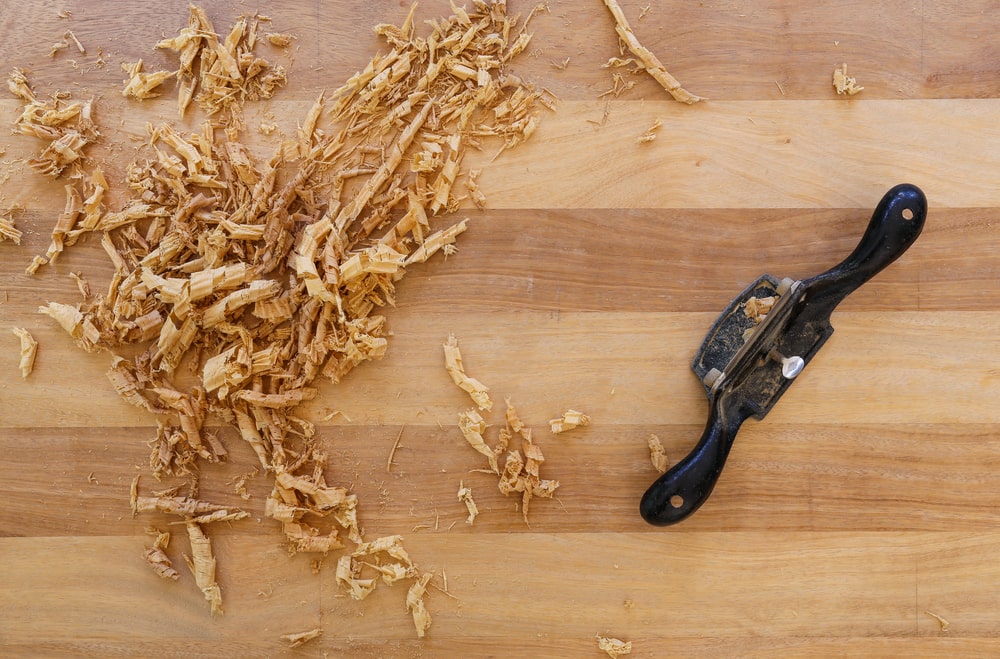
A cabinet scraper is a versatile hand tool used for smoothing wood surfaces and removing imperfections such as tear-out and milling marks. It consists of a thin, flat piece of steel with a finely turned edge, which is used to scrape away wood fibers rather than cut them like a plane. Cabinet scrapers are particularly useful for refining surfaces that are difficult to plane or sand, such as highly figured wood or end grain.
6. Clamps
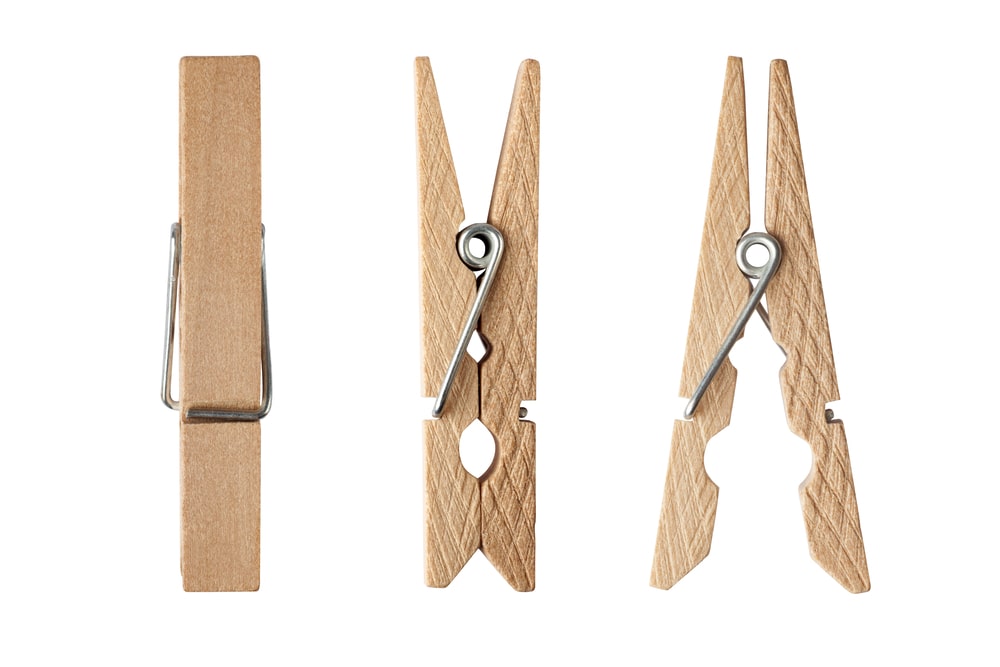
Clamps are essential for holding pieces of wood together firmly during assembly, gluing, or clamping. They come in various sizes and designs, including bar clamps, C-clamps, and spring clamps, allowing woodworkers to secure workpieces of all shapes and sizes with ease.
7. Block Plane
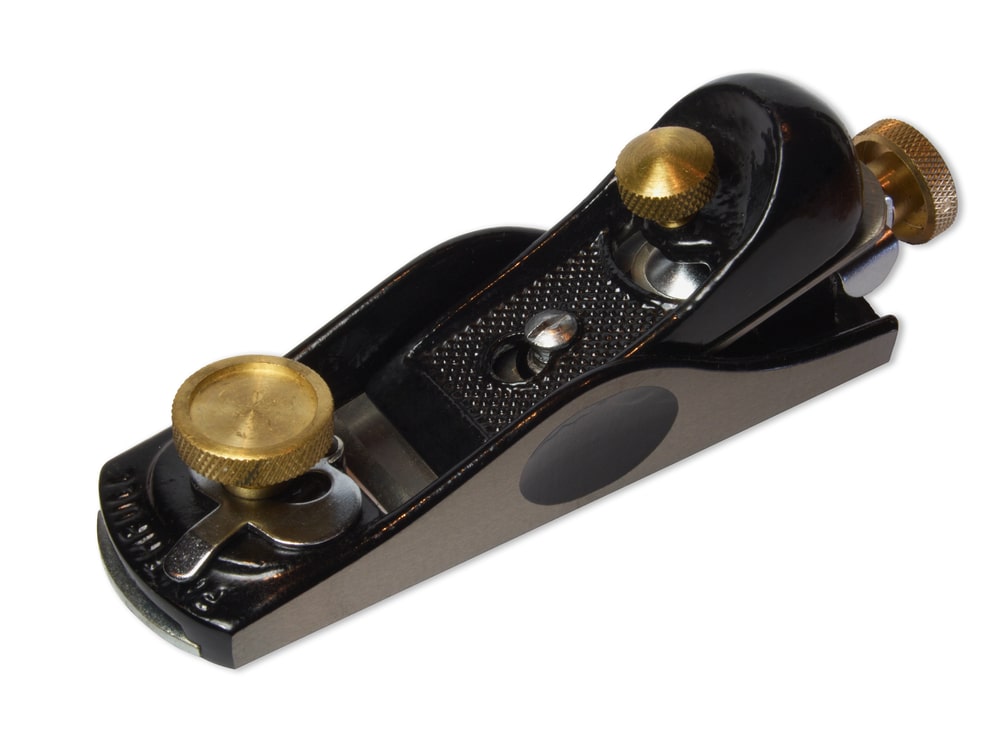
A block plane is a smaller, handheld version of the traditional hand plane, making it perfect for fine-tuning edges, chamfering corners, and smoothing end grain. Its compact size and versatility make it a must-have tool for any woodworker’s kit.
8. Sharpening Stones
Sharp tools are essential for achieving clean cuts and smooth finishes in woodworking. Sharpening stones allow woodworkers to maintain the sharpness of their chisels, planes, and other cutting tools, ensuring optimal performance and prolonging their lifespan.
9. Coping Saw
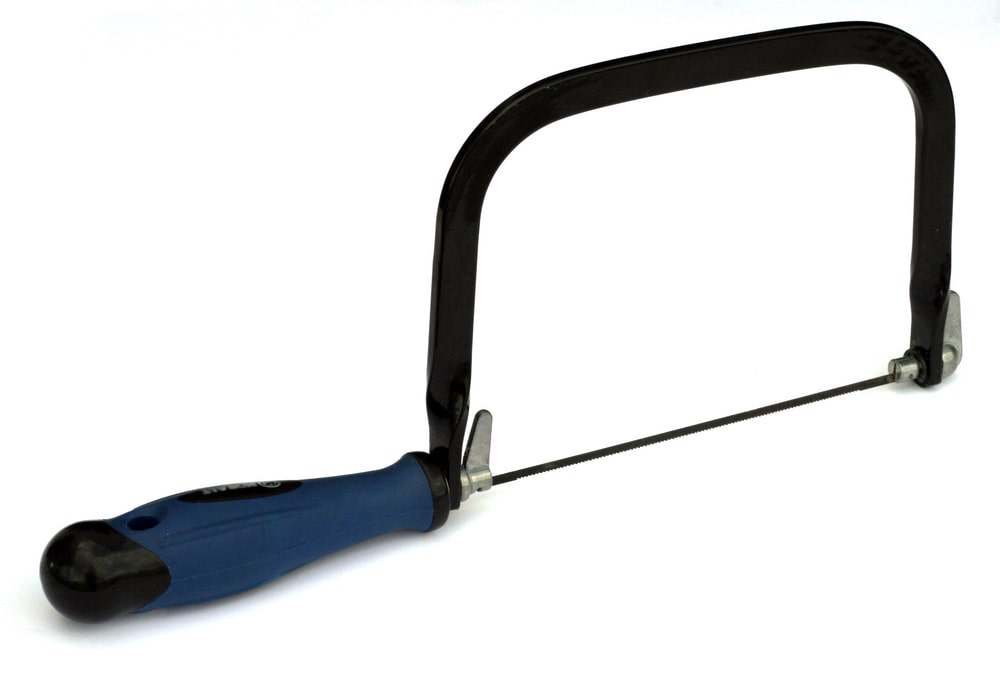
10. Screwdrivers
While power drills and impact drivers are commonly used for driving screws, a set of quality screwdrivers remains essential for tasks requiring precision and control. Whether it’s installing hardware, adjusting joints, or assembling delicate parts, screwdrivers allow woodworkers to work with finesse and accuracy.
FAQs (Frequently Asked Questions)
1. How do I choose the right-hand tools for woodworking?
Consider factors such as quality, durability, and ergonomics when selecting hand tools for woodworking. Invest in reputable brands known for their craftsmanship and longevity.
2. Can I use hand tools exclusively for woodworking, or do I need power tools?
While hand tools can accomplish a wide range of woodworking tasks, power tools can offer efficiency and speed for certain operations. Many woodworkers use a combination of both hand and power tools to achieve the best results.
3. How do I maintain and sharpen my hand tools?
Regular maintenance and sharpening are essential for keeping hand tools in optimal condition. Invest in sharpening stones and learn proper sharpening techniques to keep your tools sharp and ready for use.
4. Are there any safety considerations when using hand tools for woodworking?
Always wear appropriate safety gear, such as safety glasses and hearing protection, when working with hand tools. Take care to use tools properly and follow safety guidelines to avoid accidents and injuries.
5. What should I look for in a quality hand plane?
Look for a hand plane with a sturdy construction, adjustable blade, and comfortable grip. Consider factors such as blade material, sole flatness, and overall craftsmanship when choosing a hand plane for woodworking.
6. Can I start woodworking with just a few basic hand tools?
Absolutely! Many woodworkers start with a minimal set of hand tools and gradually expand their collection as needed. Focus on acquiring essential tools such as chisels, a hand saw, and a plane, and build your collection over time as your skills and projects progress.
Conclusion
In the field of woodworking, mastery of tools is highly required as it is about the creativity and skill we bring to the workbench. In this blog, we enlisted the top most essential hand tools for woodworking; we’ve uncovered not just instruments of craftsmanship but extensions of our passion for the craft itself.
Let’s consider a short story. There was a professional woodworker, James, whose hands felt the heft of a well-honed chisel, the smooth glide of a hand plane, and the satisfying thud of a woodworking mallet. With each tool, he carved stories into the grain of wood, shaping dreams into tangible creations. He pursued excellence in the woodworking profession.
Don’t be discouraged if you can’t afford top-of-the-line tools right away. Focus on building a solid foundation with good quality essential tools. With practice and proper care, these tools will last for years and help you create stunning woodworking projects. Happy Woodworking!


